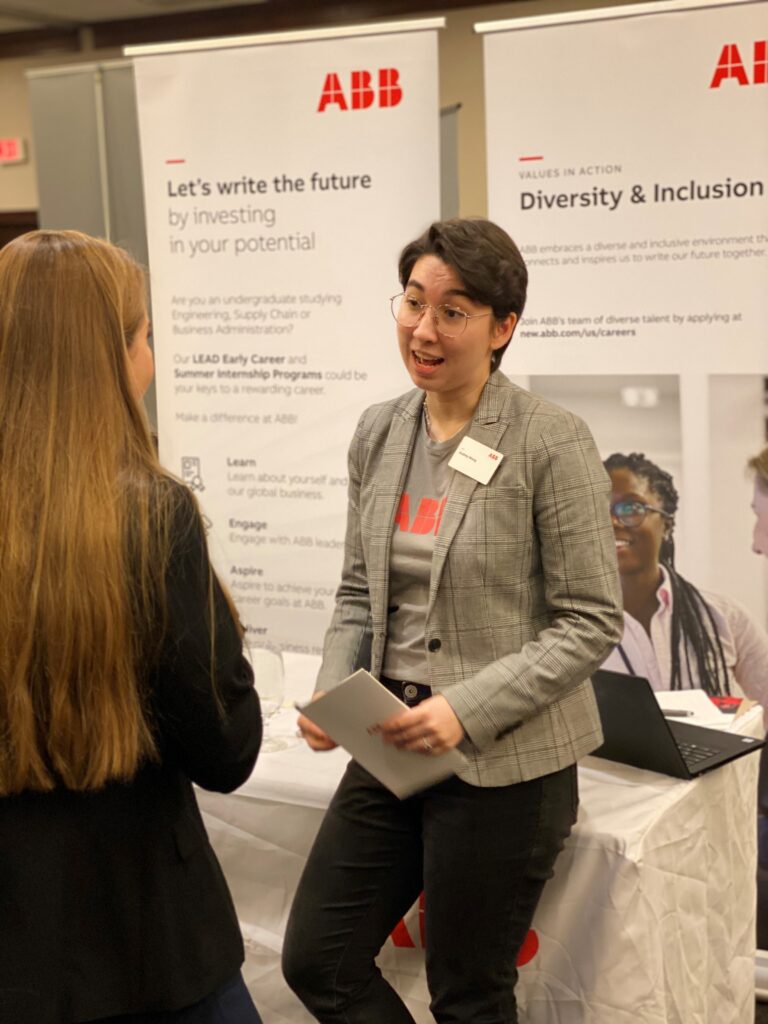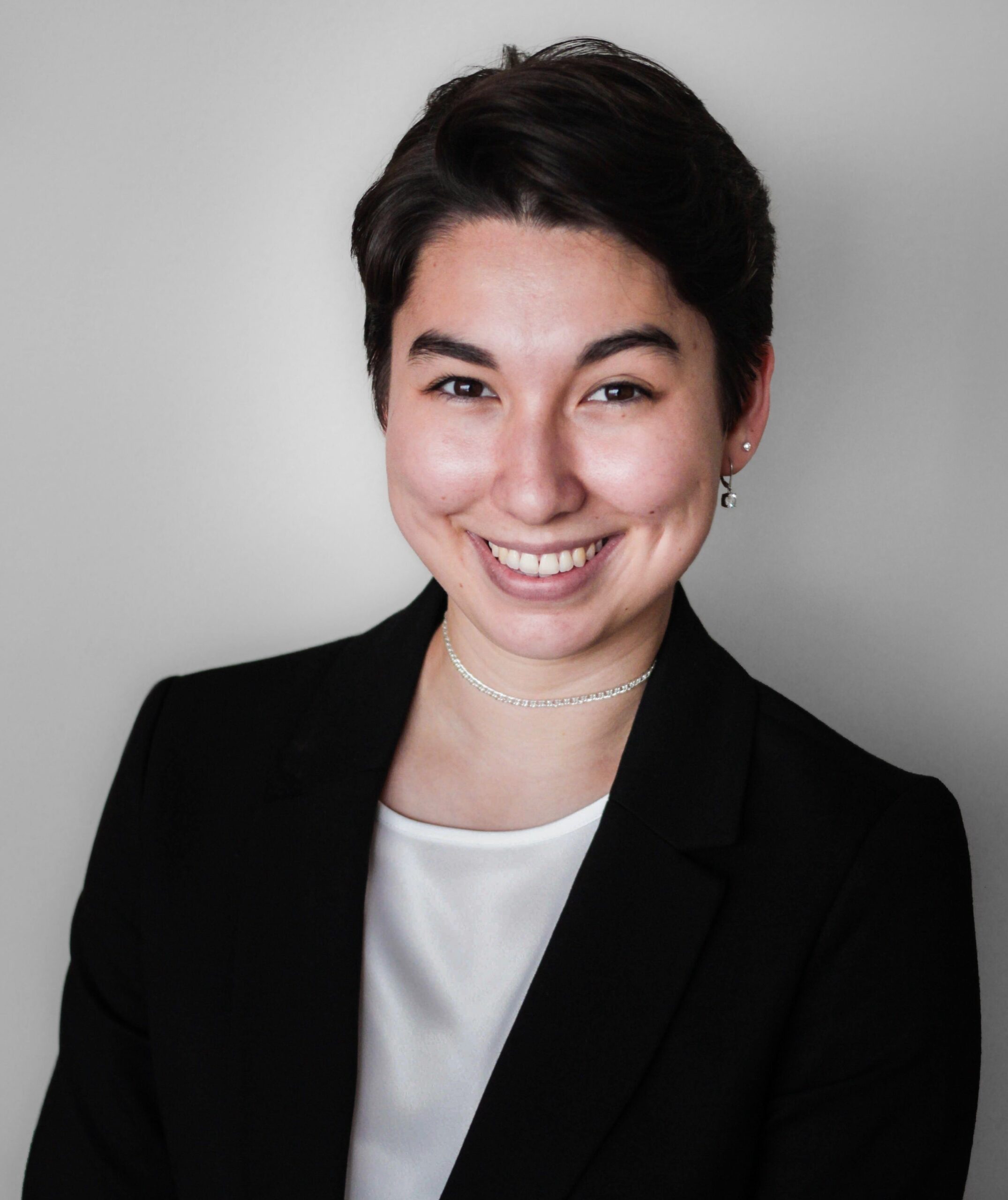Hello world! It’s Audrey Wang Gosselin, your newest contributing editor to automatedbuildings.com.
Let me introduce myself.

A little about my professional life: I earned my B.S. in Electrical Engineering from the University of Houston with a focus on Power and Renewable Energy. I am currently the US Product Marketing Manager for Building Automation at ABB. Before my foray into smart buildings and building automation, my experience spanned wind energy, solar-generated hydrogen fuel, battery electrolyte materials, smart grids & grid modernization, and EV charging infrastructure.
Outside of work, I am a plant mom, a pomeranian mom, a francophone, a new Seattleite, an epicure, a soon-to-be marathoner, and a writer (You can check out my other written work on my blog, TheEnergyGirl.com).
But really, what’s my whole deal?
As I reflect on my career and life thus far, I realize that I often find myself straddling several identities at once. Because I reside in this in-between space, I am able to serve as a connecting point between different types of people as a bridge for understanding.
I used to call myself a bad engineer because I never enjoyed the typical engineering stuff like designing and programming. I just wanted to talk about climate and energy all day! It took me a couple of years to realize that this is my niche. I am a communicator who understands technical science & engineering concepts, and I can make them understandable to those without that formal training and vocabulary. It’s the fundamentals of my job in product marketing: translating customer needs to product developers so that we create solutions that will genuinely solve our customers’ problems.
I’ve also recently found myself in the role of a translator between climate activists and building industry professionals who are on the same side – advocating for the decarbonization and electrification of society – but speak different languages. To over-simplify, activists tend to frame the climate crisis in terms of community health and survival, and building professionals want to talk about return-on-investment of energy management systems. There’s a disconnect in priorities, to say the least.
Alongside climate & energy, my other focus is forwarding diversity, equity, & inclusion within my company and in the industry. As a multiracial person, I’m used to existing in the borderlands, never quite being American enough nor Chinese enough to be fully embraced by either community. But in my experience, hybrid identities have allowed me to experience and empathize with the feelings of several disparate groups. So, the role I play within social justice is helping people understand the issues facing women, the AAPI community, etc., even when they themselves might not experience that kind of marginalization.
Why does all this matter & why am I writing for automatedbuildings.com?
My intention is to bring more people into the smart buildings industry and to bring more smart buildings professionals into the climate & sustainability space. Let’s engage with more young people like myself who are impatient for decarbonization and will push our industry forward, more people with disabilities who ought to have a say in how the buildings in which we spend most of our lives are constructed, more women who can identify and eliminate instances of gender discrimination that have been built into our infrastructure (See this classic example of sexism within building automation & controls).
I think we have a much better chance of saving the planet and designing the world in which we want to live if we expand our community and listen to others with whom we normally wouldn’t interact. In order to realize this collaborative future, it is imperative to bridge the gap between different types of people so that we can arrive at a place of common understanding. This is a fundamental first step before we can, hand-in-hand, endeavor to solve the world’s greatest challenges.
Thanks & talk soon,
awg



One Response